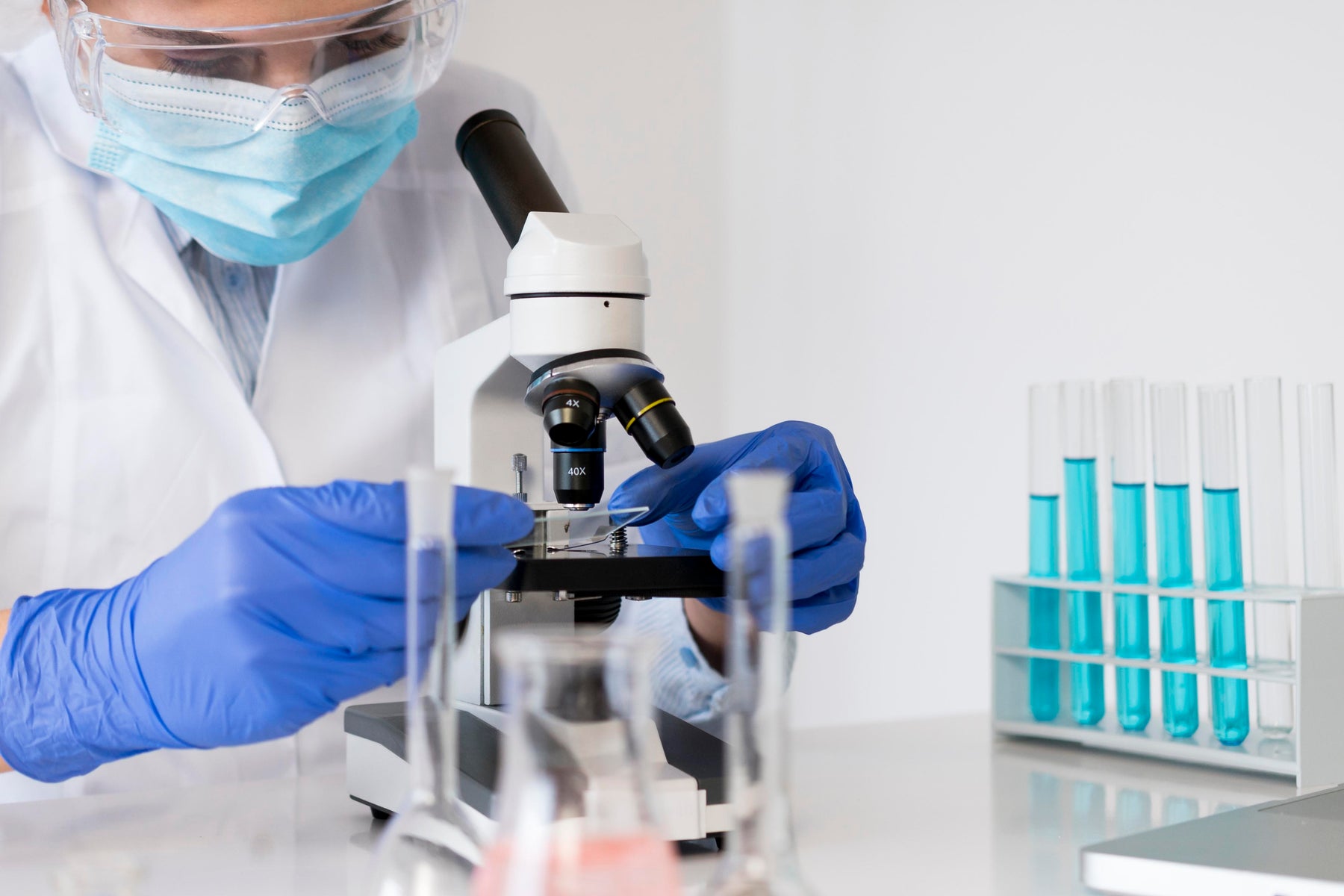
Why Isn´t Everyone Talking About Iron?
Have you ever wondered why, amid the vast sea of health and beauty discussions, no one ever speaks about iron? We talk about vitamins, antioxidants, and various skincare routines, but the significant impact of iron often remains a silent issue.
The Basics: Why Does Our Body Need Iron?
Iron plays a crucial role in the transportation of oxygen through our bloodstream. It's a fundamental component of hemoglobin, the protein in red blood cells responsible for carrying oxygen from our lungs to the rest of our bodies. This primary function is essential for sustaining life and maintaining overall health.
Excess Iron: A Common Yet Overlooked Issue
One of the reasons health conversations rarely include iron is because there is a well-accepted belief that more iron is always better. While it's true that iron deficiency can lead to health problems, the opposite end of the spectrum, excess iron, is a subtle and underestimated danger.
Iron in the Skin: A Less Explored Territory
While much attention is given to the role of iron in our blood, its significance in our skin is often overlooked. The truth is, our skin is a reservoir for iron, and this presence isn't accidental. Iron contributes to various cellular processes, including DNA synthesis and energy production, supporting the overall health of our skin cells. Ferritin, a key player in iron storage for excess iron, ensures a balanced and controlled release of iron.
Each day we consume 10-20mg of iron, but our body only absorbs 1-2 mg. Once iron is inside the body, what happens next? 1/3 of it is excreted from the body through our guts while the remaining 2/3 is eliminated through the skin and the eventual shedding of skin. Iron is shed through the skin over a period of approximately 60 days, a duration longer than the turnover time for skin cells, which is around 26 days. Why does this matter? Our skin is always renewing itself, getting rid of old cells and making new ones. But this excess iron isn't leaving as quickly as it should. Over time, too much iron sticking around can affect how our skin looks and feels.
Menopause and Pregnancy: Vulnerable Phases
For women entering menopause or during pregnancy, the dynamics change. Menstruation, a monthly iron-shedding process, diminishes or stops altogether. This shift means the body loses a crucial mechanism for eliminating excess iron. The surplus iron begins to build up, and here's where the problem accelerates. In a study conducted by Dr. Xi and his team, postmenopausal women had roughly 42% higher ferritin (iron) in their skin and 100% higher ferritin in their blood than premenopausal women.
The Secret Aggressor: Excess Iron and Skin Health
As iron accumulates in the body, a cascade of reactions unfolds, including the infamous Fenton reaction. This process triggers the production of free radicals, notorious for causing oxidative damage. The skin, being the outermost shield of our bodies, bears the brunt of this assault.
The signs begin to manifest – wrinkles, dark spots, uneven skin tone, and slower wound healing. Yet, why isn’t anyone talking about it?
Ignorance or Oversight?
Iron’s secret role in health concerns could stem from a lack of awareness or perhaps an oversight in traditional health narratives. The focus on iron has primarily been on preventing deficiency, leaving the dangers of excess iron lurking in the shadows.
So, here's the wake-up call – it's time we start talking about iron, specifically excess iron, and its impact on our overall well-being, especially the health of our skin.
Unlock your ageless potential with i-On By Dr. Xi